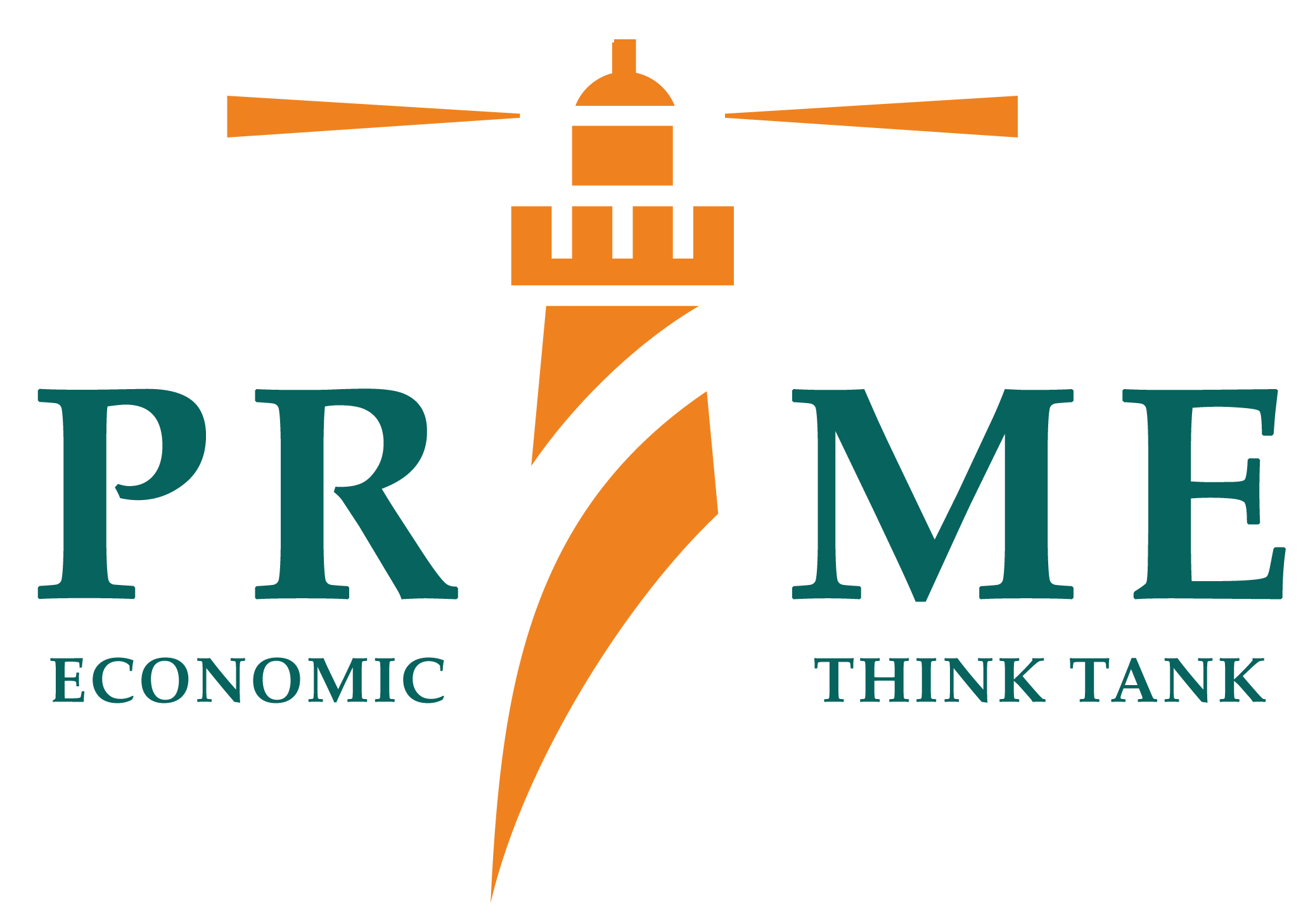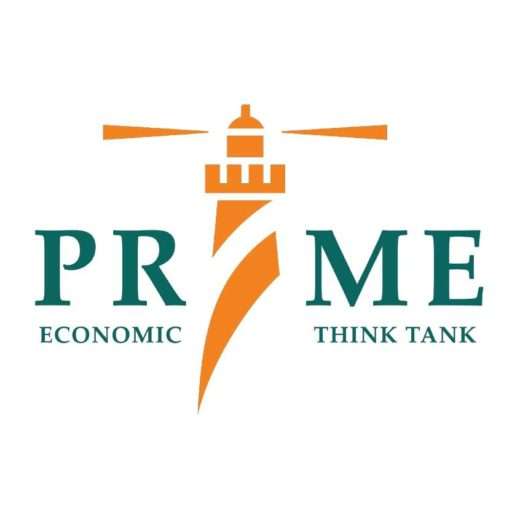PRIME Policy Report is a monthly publication that provides actionable intelligence at both micro and macro levels of the economy. Each report is segmented into: Business Climate Review, Market Analysis and bird-eye view of major Economic Indicators. It is a one stop information hub for business leaders, SMEs, Corporations, trade commissioners, MNCs, Institutions and Individuals aspiring to understand the policy dynamics, business prospects and interpretations of key economic indicators.
Many of the State Owned Enterprises (SOEs) in Pakistan have lost their financial viability and their quality of service delivery has continuously been deteriorating. Instead of playing any productive role in the economic growth of the country, most of the SOEs in Pakistan are incurring huge losses and becoming a burden on the economy.
During past three years, losses incurred by the three major SOEs- Pakistan Steel Mills (PSM), Pakistan Railways (PR) and Pakistan International Airlines (PIA)- have increased to about Rs. 705 billion.
The establishment or existence of SOEs is generally justified on the argument that such organisations can help in the provision of certain goods at a lower price. Provision of goods at a cheaper price requires efficiency at every stage of the business process. However, many of the SOEs in Pakistan are so inefficient that they cannot even sustain without continuous support of the government.
This can be easily justified by analysing the current state of power sector SOEs which are suffering from severe transmission and dispatch losses. In June 2013, government has cleared the circular debt of Rs. 480 billion, accumulated by the power sector SOEs. However, due to inefficiencies prevailing in power sector SOEs the circular debt has again surged to around Rs. 660 billiion, out of which Rs. 348 billion has been accumulated in last three years. Moreover, during the past three years electricity tariffs have been repeatedly increased even though the cost of producing electricity has been declined due to downfall in the global oil prices.
The total losses of PIA, PSM, PR and power sector SOEs have surged to Rs. 1.365 trillion which is around 9 percent higher than the current year annual development plan- amounted to Rs. 1.25 trillion.
Due to borrowing of SOEs form commercial resources the amount of funds available to the private sector is continuously declining. The outstanding debt acquired by the SOEs from commercial banks has reached to Rs. 829 billion by the end of December 2016, which is in fact 100 percent higher than the outstanding position of the debt acquired by SOEs by the end of May 2013. Whereas, the flow of credit towards the private sector has increased by just around 43 percent during the same period.
This analysis sheds light upon the state of the SOEs and discusses possible reforms which can improve the current situation. Section I of this study will highlight some of the major reasons behind poor performance of SOEs. Section II will present certain options which can be helpful in the revival of these organisations. Section III will shed some light on challenges in the implementation of proposed options.
To read more, download the file:


